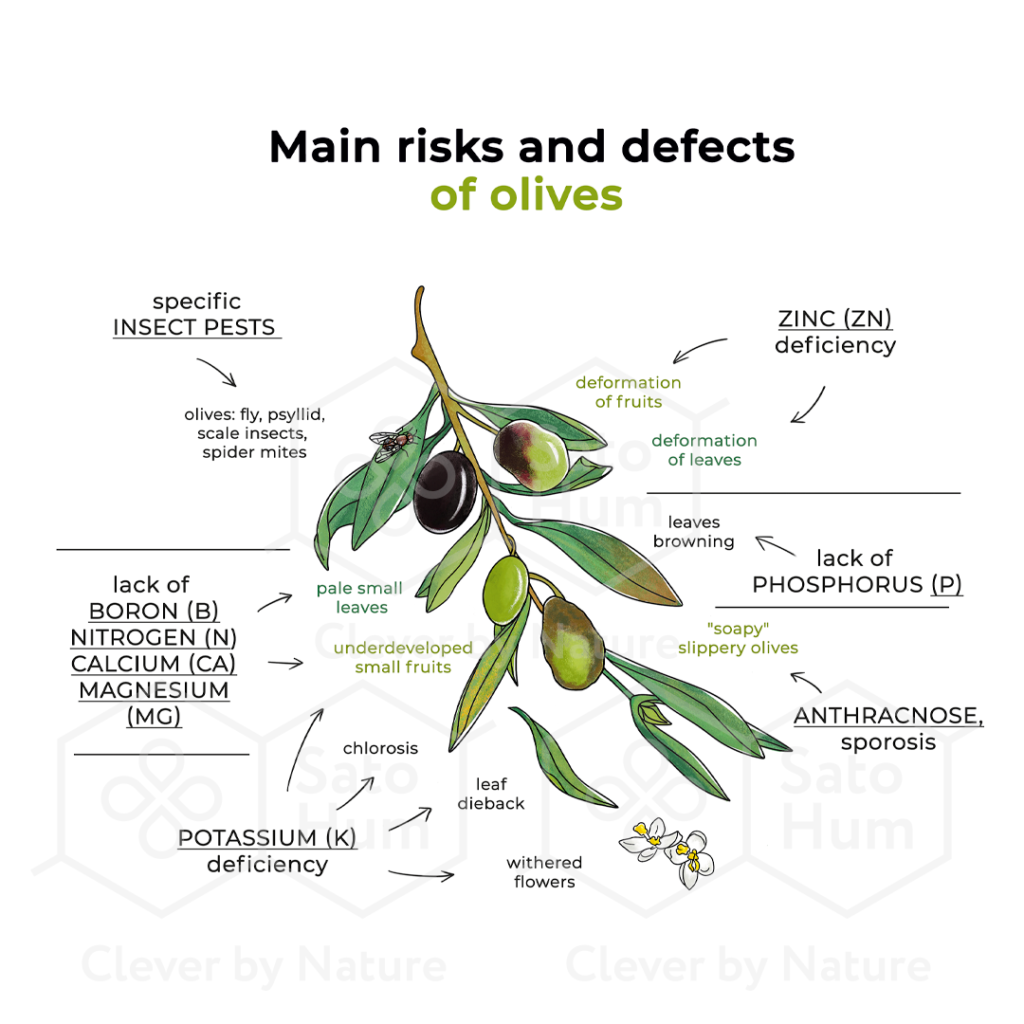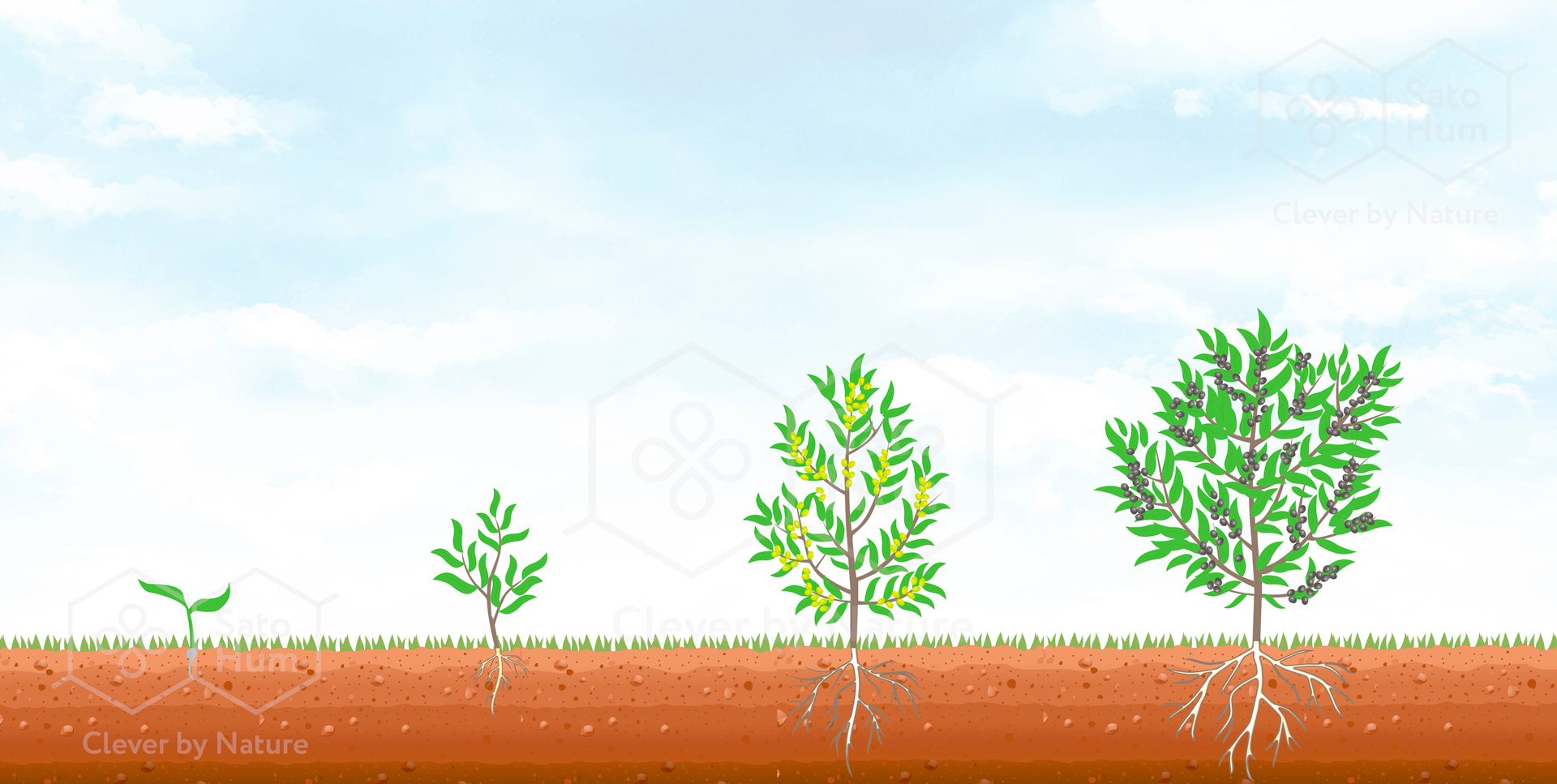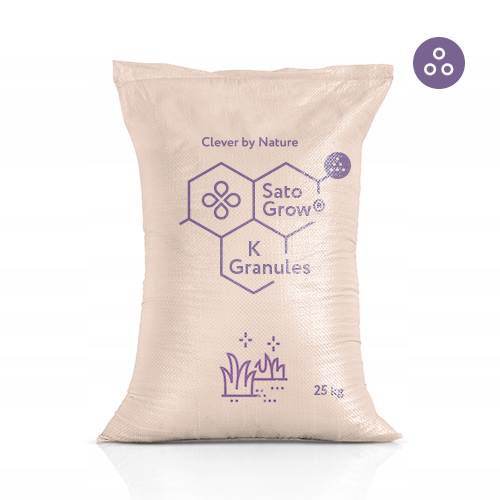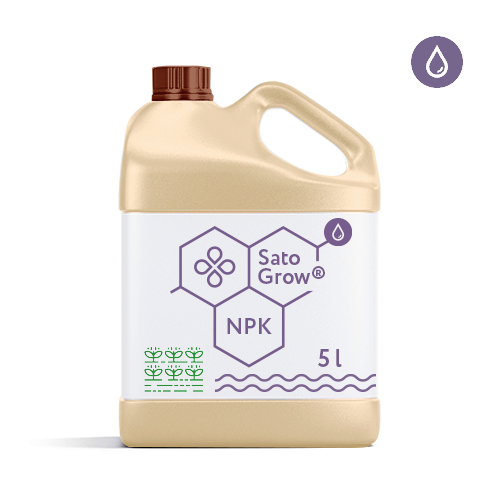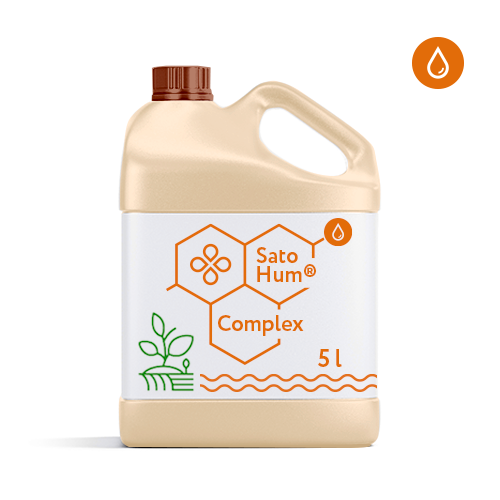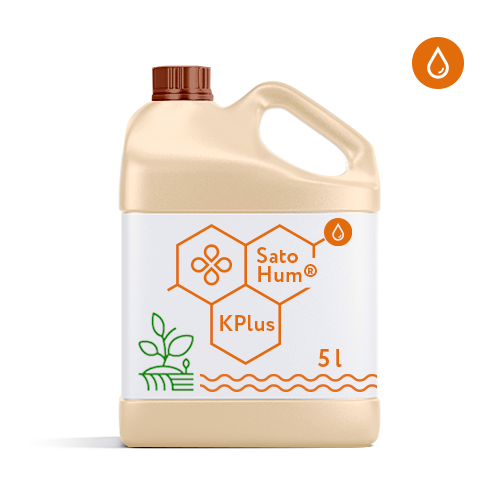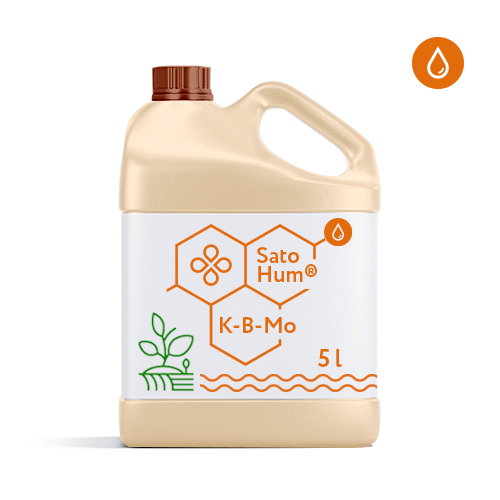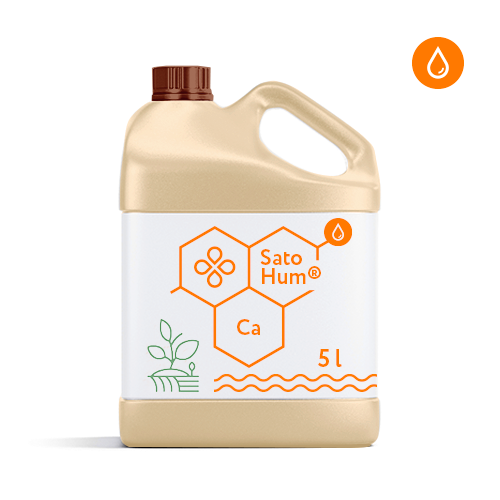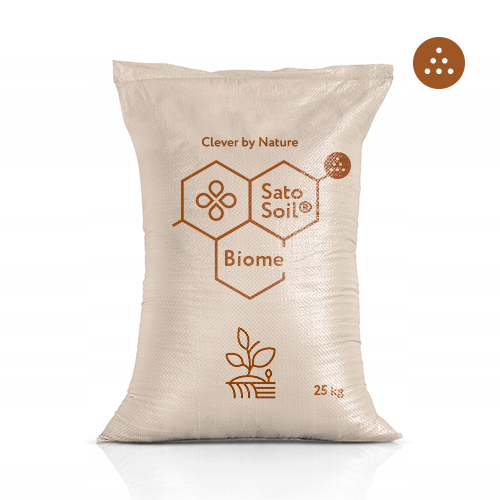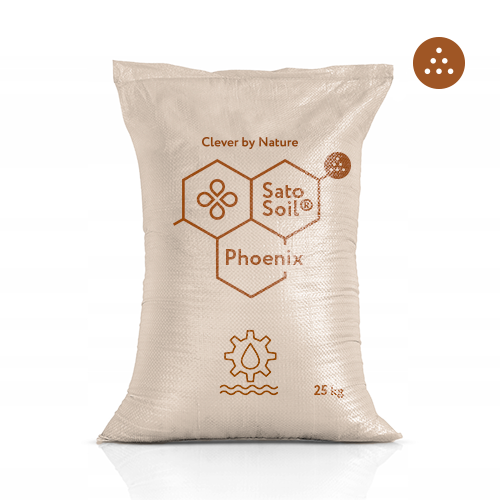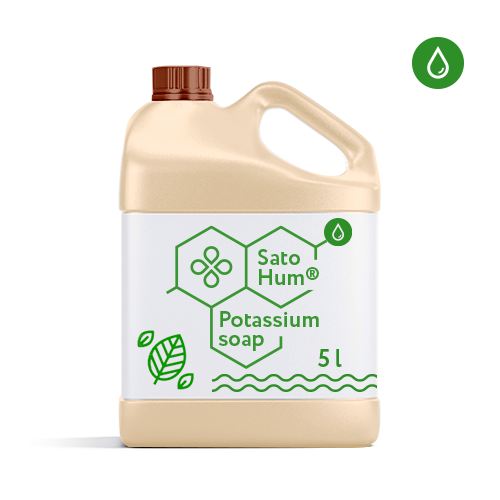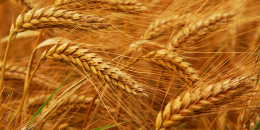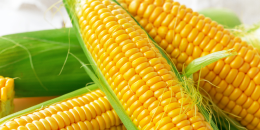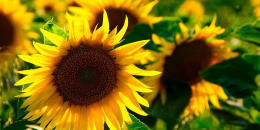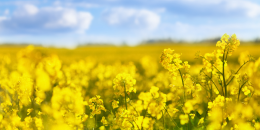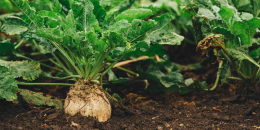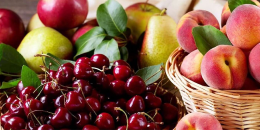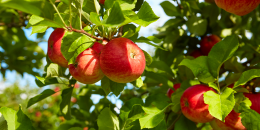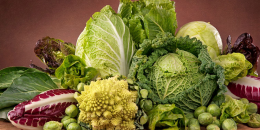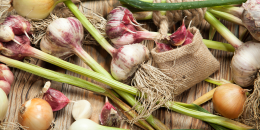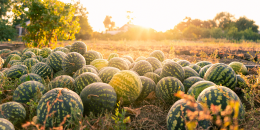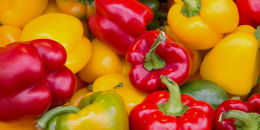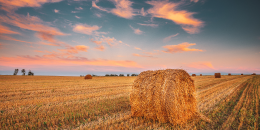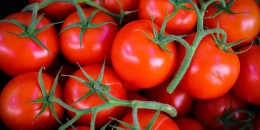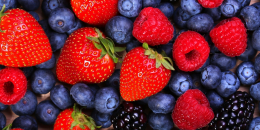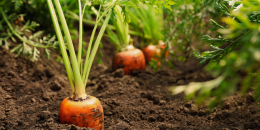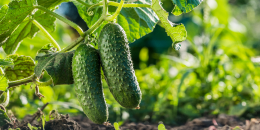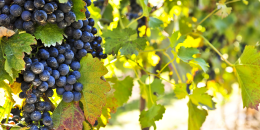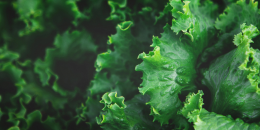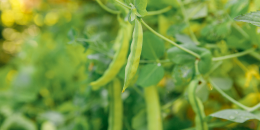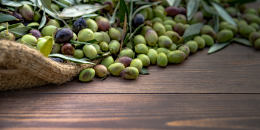Olive plantations of table and oilseed varieties can be traditional, intensive and extra intensive. In traditional olive growing, olives are grown without fertigation, on open ground, using manual labor. Most olive plantations are in Spain, Italy, Portugal, Greece and Tunisia.
Olives
Olive trees are warm and light-loving, but also cold and drought-resistant, less susceptible to garden weediness than other stone fruits.
In intensive farming, where the priority of the highest yield and profitability outweighs any traditional methods, there is a drip irrigation system, often there are sensors to take the main agrophysical indicators (humidity, solar radiation, wind, daily temperature range, etc.), and the olives are harvested by machine.
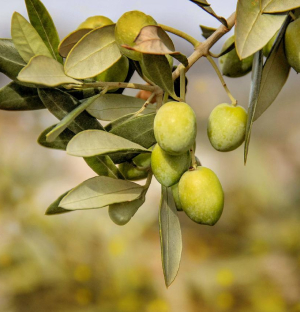
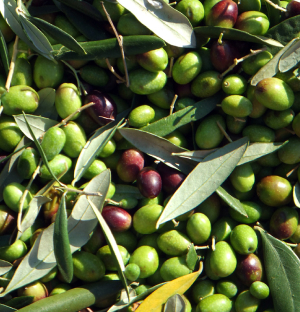
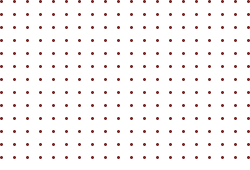
With extra intensive olive growing, planting density reaches 2.000 trees per hectare versus 600 in an intensive plantation, which requires more accurate monitoring of tree welfare and quick response in drip irrigation, disease prevention, correction of nutritional deficiencies. Liquid humates with macro, meso and micronutrients SatoHum® are suitable for targeted feeding of trees by sprinkling or fertigation.
Olives are generally an undemanding crop. The olive tree begins to fruit from 8-10 years of age and bears fruit for hundreds of years. Saplings for laying a plantation are purchased in special nurseries already grown up to 6-7 years.
Critical phenodates are the transplanting of saplings and their rooting, which takes several months. For successful rooting in the planting pit, we recommend not only placing drainage material and fertilized soil, but also nourishing the soil with soil improvers SatoSoil®, which absorb excess salts and prevent their penetration into the root system of trees, activate metabolic processes and promote healthy soil microflora.
In intensive plantations, it’s recommended to apply SatoGrow® organo-mineral biostimulants rich in organic non-pathogenic matter, humic and fulvic acids, which gradually release nitrogen, potassium and phosphorus, which allow fertilizing the soil around the trunk evenly and for many months.
Olive trees are sensitive to attacks by a specific parasite, the olive psyllid (Eufhyllura olivina), and SatoHum® Potassium soap copes with this pest and increases the immunity of foliage and shoots to this insect.
Olive plantations of table and oilseed varieties can be traditional, intensive and extra intensive. In traditional olive growing, olives are grown without fertigation, on open ground, using manual labor. Most olive plantations are in Spain, Italy, Portugal, Greece and Tunisia.
Olive trees are warm and light-loving, but also cold and drought-resistant, less susceptible to garden weediness than other stone fruits.
In intensive farming, where the priority of the highest yield and profitability outweighs any traditional methods, there is a drip irrigation system, often there are sensors to take the main agrophysical indicators (humidity, solar radiation, wind, daily temperature range, etc.), and the olives are harvested by machine.



With extra intensive olive growing, planting density reaches 2.000 trees per hectare versus 600 in an intensive plantation, which requires more accurate monitoring of tree welfare and quick response in drip irrigation, disease prevention, correction of nutritional deficiencies. Liquid humates with macro, meso and micronutrients SatoHum® are suitable for targeted feeding of trees by sprinkling or fertigation.
Olives are generally an undemanding crop. The olive tree begins to fruit from 8-10 years of age and bears fruit for hundreds of years. Saplings for laying a plantation are purchased in special nurseries already grown up to 6-7 years.
Critical phenodates are the transplanting of saplings and their rooting, which takes several months. For successful rooting in the planting pit, we recommend not only placing drainage material and fertilized soil, but also nourishing the soil with soil improvers SatoSoil®, which absorb excess salts and prevent their penetration into the root system of trees, activate metabolic processes and promote healthy soil microflora.
In intensive plantations, it’s recommended to apply SatoGrow® organo-mineral biostimulants rich in organic non-pathogenic matter, humic and fulvic acids, which gradually release nitrogen, potassium and phosphorus, which allow fertilizing the soil around the trunk evenly and for many months.
Olive trees are sensitive to attacks by a specific parasite, the olive psyllid (Eufhyllura olivina), and SatoHum® Potassium soap copes with this pest and increases the immunity of foliage and shoots to this insect.
| SOILS | VEGETATION BEGINNING | GROWTH | HARVEST | ||
| SatoSoil® Biome
Preservation of fertile layer Raising of cold resistance Deep incorporation 0,5 – 1 kg/tree SatoSoil® pHoenix Plantation revitalization Correction of acidic and saline soils Deep incorporation 0,6 – 1,2 kg/m² SatoHum® K or SatoGrow® NPK/ SatoGrow® N Watering the soil improver 2 – 6 ml/10 l of water
|
SatoGrow® K Granules or
SatoGrow® NPK Granules Top dressing of planting material in greenhouses and nursery gardens 30 – 75 g/tree SatoHum® K Plus Thickening of fruitful branches Increasing plant immunity 0,1 – 0,3 l/ha SatoHum® K or SatoGrow® NPK/ SatoGrow® N Granulate activation 2 – 6 ml/10 l of water
|
SatoHum® Complex
Abundant budding and flowering Flowering No more than 3 applications/cycle: 0,1 – 0,3 l/ha SatoHum® Ca Ovary development 0,3 l/ha SatoHum® Potassium soap Pest control 30 – 40 ml/10 l of water SatoHum® Pure In organic farming, it’s used in any non-root irrigation no more than 3 times per growing cycle 15 – 20 ml/10 l of water |
SatoHum® Ca
Fruit ripening 0,3 l/ha SatoHum® K-B-Mo Correction of nutritional deficiencies 0,3 l/ha
|
SatoHum® Ca
Olive splitting prevention 0,3 l/ha |
|
WARNING: 4 Sato® Steps is a comprehensive crop care system that provides the basic crop needs for the main 12 macro, meso and micronutrients for an optimal growing cycle and unlocking the potential of each crop.
General recommendation for fruit bushes and trees: Perennial fruit crops (both shrubs and trees) vary in age, branching, and total crown area. Given that all these plants are perennial, there is no risk of removal of humic or fulvic acids with the end of the season, because all surplus goes into the root system and continues to nourish the tree or bush for the next season, so the dosage for fruit trees and shrubs is calculated per tree/bush.
SOILS: The need for macronutrients in fruit trees changes with their age and varies over the vegetative and generative organs of the plant, since there is no same removal of nutrients as in annual crops. Both SatoSoil® Soil improvers and SatoGrow® Biostimulants are introduced into the trunk circle for precise feeding of the tree/bush. In the autumn application, it’s recommended to introduce the maximum dose, in the spring – the minimum one. For irrigation, it’s recommended to activate granulates (soil improvers or biostimulants) with SatoHum® liquid formulations and SatoGrow® liquid organo-mineral biostimulants.
VEGETATION BEGINNING: Treatment of saplings, bushes and flowers of fruit crops with Sato® Seeds or SatoHum® K compounds is compatible with treatment by classical protectants without reducing the rates of their application, and helps to increase shoots viability and ovary development.
GROWTH: Our SatoHum® solutions have a guaranteed composition with high content of humic and fulvic acids with amino acids of plant origin. It’s not recommended to exceed the total dose of SatoHum® liquid formulations over 5 l/ha/season, starting from the germination and budding phase. If SatoHum® Potassium soap is used for prophylactic purposes, it is recommended to apply the minimum dose. If treatment is carried out to fight active pathogens/parasites, the dose indicated in the product card for the specific pest shall be applied.
HARVEST: Simultaneous fertilization with several SatoHum® products is not expected. It’s not recommended to exceed the specified application rates. For single, not systemic application of SatoHum® products, the maximum dosage of the product is recommended.
